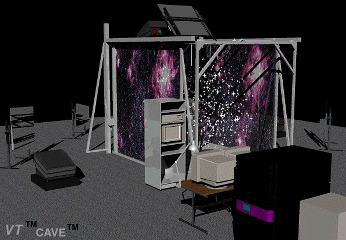 Courtesy, Prof. Dennis Jones, College of Architecture and Urban Studies, RDF VELab |
History and Development How Does it Work? What Makes it Work? Take a Virtual Tour! |
 Courtesy, Prof. Dennis Jones, College of Architecture and Urban Studies, RDF VELab |
History and Development How Does it Work? What Makes it Work? Take a Virtual Tour! |
Rather than having evolved from video games or flight simulation, the CAVE has its motivation rooted in scientific visualization and the SIGGRAPH 92 Showcase effort. The CAVE was designed to be a useful tool for scientific visualization. The Showcase event was an experiment; the Showcase chair, James E. George, and the Showcase committee advocated an environment for computational scientists to interactively present their research at a major professional conference in a one-to-many format on high-end workstations attached to large projections screens. The CAVE was developed as a "Virtual reality theater" with scientific content and projection that met the criteria of Showcase. The Showcase jury selected participants based on the content of their research and its suitability to projected presentation.
The challenge was attracting leading-edge computational scientists to use virtual reality. It had to help them get to scientific discoveries faster, without compromising the color, resolution, and flicker-free qualities they have come to expect using workstations. Scientists have been doing single-screen stereo graphics for more that 25 years; any virtual reality system had to successfully compete. Most important, the virtual reality display had to couple remote data sources, supercomputers, and scientific instrumentation in a functional way. In total, the virtual reality system had to offer a significant advantage to offset its packaging. The CAVE, which basically met all these criteria, had success attracting serious collaborators in the HPCC community.
To retain computational scientists as users, we have tried to match the virtual reality display to researchers' needs. Minimizing attachments and encumbrances have been goals, as has diminishing the effects of errors in the tracking and updating of data. Our overall motivation is to create a virtual reality display that is good enough to get scientists to get up from their chairs, out of their offices, over to another building, perhaps even to travel to another institution.
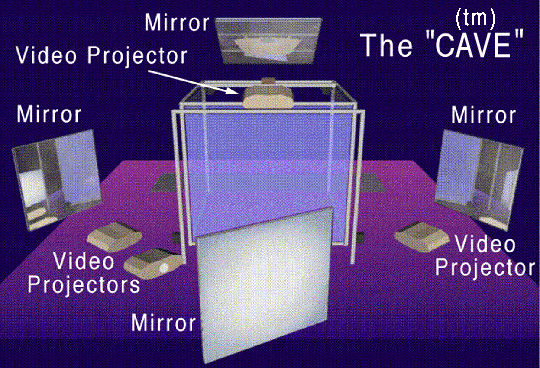
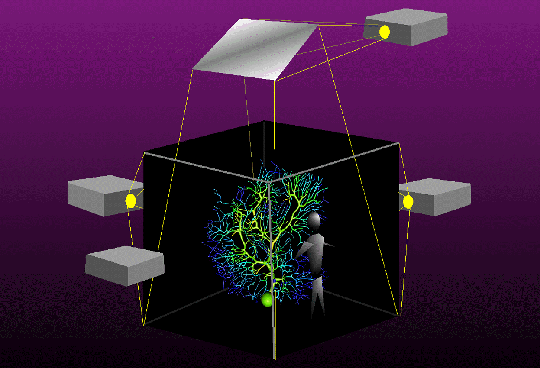
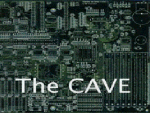 |
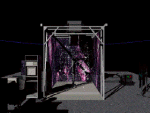 |
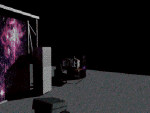 |
VT-CAVE Images:
slide1 /
slide2 /
slide3